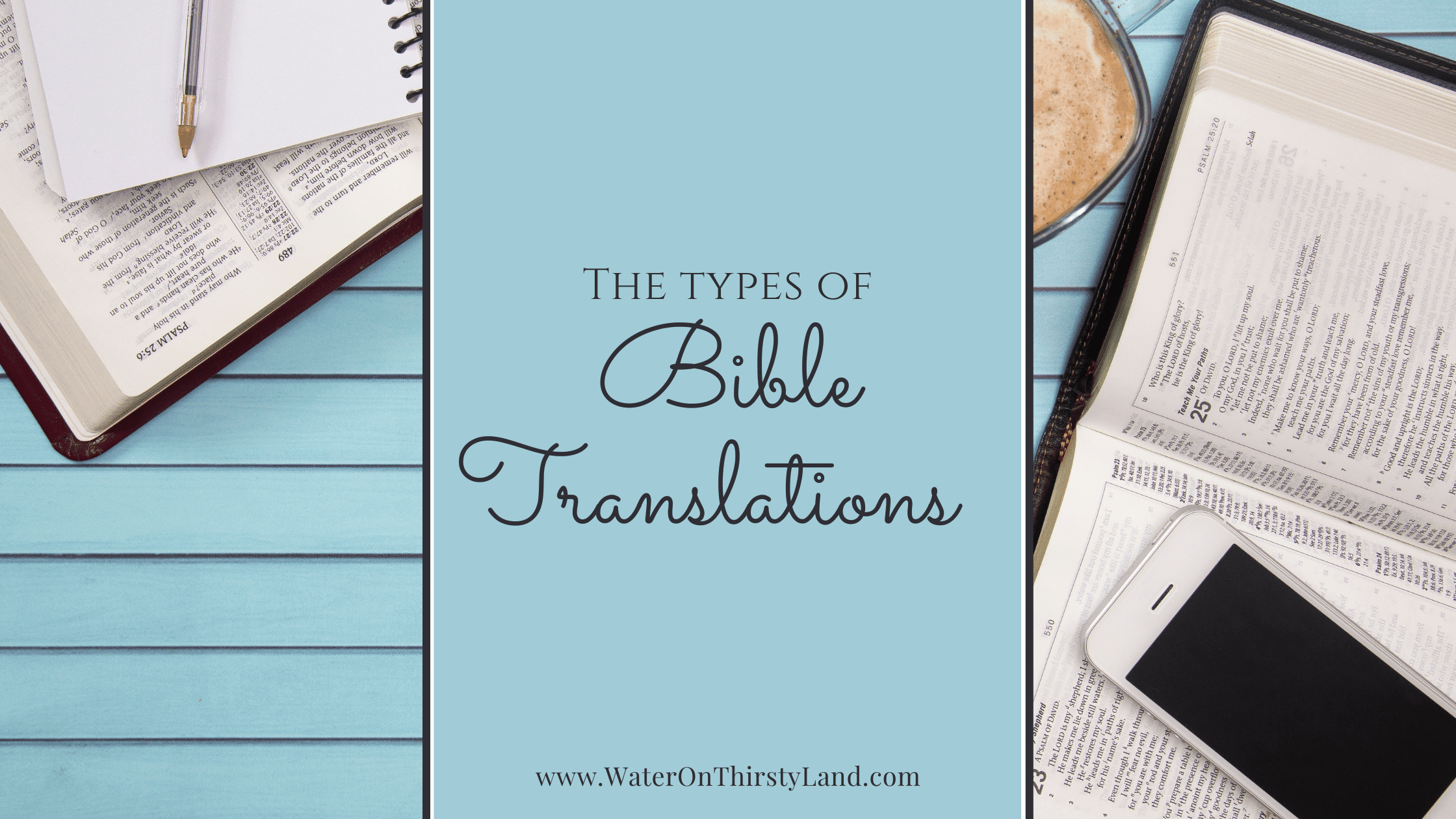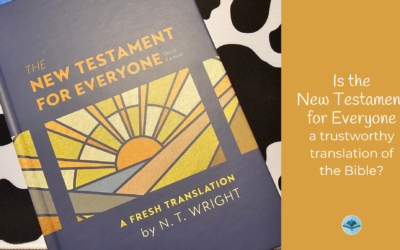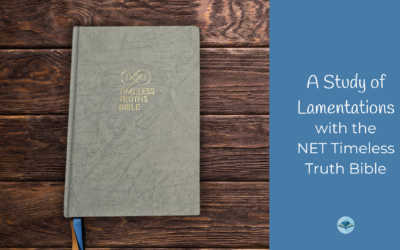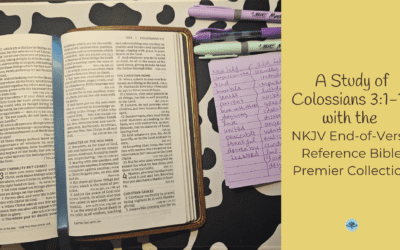What are the different types of Bible translations?
There are many Bible translations and it can be very challenging to determine the accuracy of each as well as how to choose a Bible of your own.
What are the different kinds of Bible translations?
Why are there so many different translations, and how do we know which ones to use?
Bible translations are placed into categories that can help us learn how each of them was intended to be used. Learning about the different types of translations is vital to better understanding the translations you use.
The different types of translations are:
- Word-for-Word
- Thought-for-Thought
- Moderate
- Paraphrase
- What are the different types of Bible translations?
- What are Word-for-Word Bible translations?
- What are the most common Word-for-Word Bible translations?
- What are Thought-for-Thought Bible translations?
- What are the most common Thought-for-Thought Bible translations
- What is a Moderate Bible translation?
- What are the most common Moderate Bible translations?
- What is a Paraphrase Bible translation?
- What are the most common Paraphrase Bible translations?
What are Word-for-Word Bible translations?
Word-for-word Bible translations are widely considered the best translations. It sounds fairly obvious that a Word-for-Word translation is a literal translation of one language into another language, but when referring to scripture it is a bit more in-depth than that. We must take into consideration that languages change and evolve over time and it is not always easy to correctly translate every word, or convey the exact message or feeling the original texts were going for.
We also need to consider that there is often no one-for-one translation of a word or phrase between languages. Word-for-Word focuses on the specific words and phrases while also striving to convey the correct message and feel intended by the original texts. Word-for-Word is essentially the closest to the literal translation from Greek and Hebrew as we can get in English while ensuring the translation makes sense.
What are the most common Word-for-Word Bible translations?
There are many word-for-word translations. The most popular are:
What are Thought-for-Thought Bible translations?
Thought-for-thought Bibles intend to express the meaning from the original language in modern English that is easy to read. This is typically done without translating every word.
While word-for-word translations strive for as literal of a translation as possible, thought-for-thought Bibles seek to express the meaning within the text. This is done by summarizing and providing overarching ideas.
The editors of biblestudytools.com liken this approach to the difference between an inkjet printer and a laser printer. Inkjets produce results by laying out one line at a time in order to form a complete picture. Laser printers produce the entire picture all at once.
Translators deviate from offering direct word for word replacements which in exchange for summarized sentences and paragraphs. The goal is to make it easier for the reader to grasp the concept of the biblical passages. Most of these thought-for-thought translations are written between a 4th and 7th grade reading level. This makes comprehension of the text easier for most people.
What are the most common Thought-for-Thought Bible translations

What is a Moderate Bible translation?
Some Bible translations make their claim as the “most literal” or “most accurate”. Another category of translation steers more toward the feelings and intentions of Scripture versus being extremely literal. Moderate translations strive for accuracy and are literal to a point, but they tone down the difficult jargon to make it easier for readers to understand.
What are the most common Moderate Bible translations?
What is a Paraphrase Bible translation?
Paraphrase translations work to convey the thoughts of the original author’s texts at the expense of literality. Paraphrasing restates the original texts completely. The goal is to capture the original meaning in phrases that are easier for readers to relate to and absorb.





